Is Bangladesh prepared for a major earthquake?
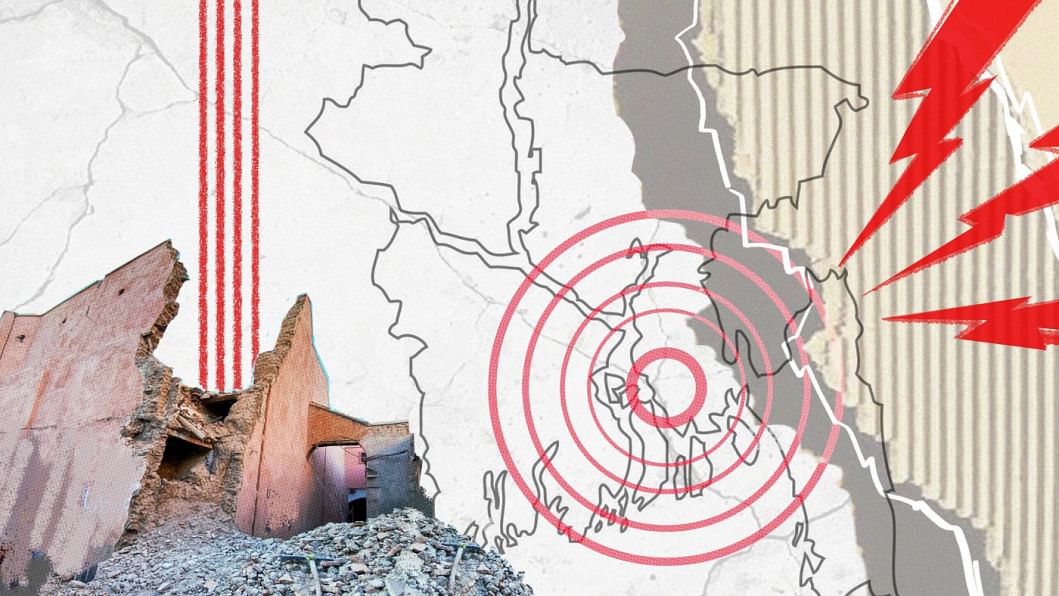
A 5.5 magnitude earthquake on the Richter scale rattled Bangladesh on the evening of May 29, sending tremors through major cities like Dhaka, Sylhet, and Chattogram according to Bangladesh Meteorological Department. The epicentre was located roughly 439 km east in neighbouring Myanmar. While thankfully there are no immediate reports of casualties or damage, the quake serves as a stark reminder of Bangladesh's vulnerability to seismic activity.
Bangladesh, a nation teeming with life, sits precariously on a geological fault line. While tremors are frequent, a powerful earthquake looms large, threatening to unleash catastrophic destruction. Are we ready to face this inevitable reality? The answer, unfortunately, is a resounding no. Despite an established vulnerability, our preparedness remains woefully inadequate.
Bangladesh's geological formation and tectonic arrangement are intricate, with the Bengal Basin being a dynamic deltaic depositional complex. The country is situated at the confluence of Indian, East Asian, and Burmese tectonic plates, with the Eurasian plate currently moving north at a speed of 2 cm per year above the Indian plate, while the Indian plate is currently moving northeast at a speed of about 6 cm per year. Along the boundary between Meghalaya and Bangladesh, there is also the 300 km Dauki fault, the 150 km long Madhupur fault, and the 300 km long Surma basin fault. Bangladesh has 13 earthquake-prone areas spread across the Bogura, Tripura, Shilong Plateau, Dauki, and Assam fault zones. Extreme risk zones include Chattogram, Chittagong Hill Tracts, and Jaintiapur of Sylhet. These areas are 100 km away from Dhaka, but a magnitude 7-8 earthquake could cause a large-scale disaster in the capital, as revealed in a study by Dhaka University and Columbia University, USA. For years, Dhaka has been identified as one of the 20 most vulnerable cities globally.
Over the past 485 years, Bangladesh has experienced 52 earthquakes of mild, moderate, and severe intensities within its territory, with 17 of them occurring in the last year alone, according to the earthquake observation centre of the geology department at Dhaka University. In the last12 years, eight earthquakes have been recorded in Dhaka and the surrounding areas. On February 6, 2023, a 7.8-magnitude earthquake in Turkey caused over 50,000 deaths, significant damage to around 230,000 buildings, and a financial loss of $100 billion. Concerns were raised over whether the impact of the earthquake was exacerbated by noncompliance with building and planning regulations. Unplanned urbanisation, poor construction materials, insufficient inspection processes, and illegal construction were the primary causes of the destruction. These factors are also prevalent in urban development and building construction practices in Bangladesh.
With a population of around 20 million, Dhaka is vulnerable to earthquakes since a substantial portion of the population dwells in poorly built structures in unsafe conditions. A survey conducted by RAJUK between 2018 and 2022 found that a 6.9-magnitude earthquake on Tangail's Madhupur fault could cause nearly 865,000 buildings in Dhaka to collapse, resulting in a financial loss of $25 billion. Moreover, 94.76 percent of the structures in Mirpur, Mohammadpur, Pallabi, Rampura, Motijheel, Khilgaon, and Dhanmondi do not meet structural and design prerequisites. Out of 1.95 lakh structures surveyed, a shocking 67 percent were found to be in violation of building rules. Nearly 600,000 buildings with five or more storeys in Dhaka are prime targets for an earthquake disaster.
A large number of people in Bangladesh are ignorant of the safety precautions and protocols that must be followed during powerful earthquakes, even with expanded public and administrative awareness and ample helpful information in the media and the internet.
Bangladesh has demonstrated its ability to mitigate natural disasters like cyclones and floods. It is now time to implement a comprehensive earthquake mitigation and rescue programme, involving collaboration between government, NGOs, educators, and volunteers, utilising modern tools and large-scale volunteer training.
Earthquake disaster management involves two phases: pre-earthquake measures and post-earthquake precautions. Preventive care includes early warning systems and strict supervision. Automated systems which can cut off gas, electricity, and water supply within 20 to 60 seconds can be implemented. Concrete slabs would be a better option than burned bricks since they can absorb more shock during earthquakes. For the purpose of early risk detection and mitigation, research should concentrate on earthquake-adapted technologies.
To implement national policies and programmes, authorities must demonstrate strong political commitments and accountability. The Bangladesh National Building Code (BNBC) 2020 is one of the government's earthquake-resilient building codes, however, its implementation has been weak. Despite the code's requirement that no house be constructed without beams, these guidelines are not adhered to. Strict guidelines should be provided to real estate development firms as well in order to guarantee the finest quality of buildings, roads, and residential areas for earthquake resilience.
Post-earthquake planning involves developing the capacity for prompt response, rescue, and evacuation operations, and establishing appropriate treatment facilities in hospitals. The government has set a target of training 66,000 volunteers, with 46,000 already trained. Widening narrow roads and utilising advanced technology and machinery are also necessary for recovery from collapsed buildings. Medical facilities must also have contingency plans, ample manpower, ambulances, and medical supplies. Adequate coordination among the concerned parties is crucial for swift action after an earthquake. The country's 492 fire stations and 13,058 manpower in Fire Service and Civil Defence are insufficient for tackling major earthquakes.
The Urban Resilience Project, a joint initiative by the Bangladesh government and the World Bank, and being implemented by RAJUK, has made significant progress in preparing Dhaka for earthquakes. RAJUK has developed a comprehensive "Earthquake Hazard, Vulnerability, and Risk Map" to identify vulnerable buildings. The project has carried out risk-sensitive land-use planning, including soil-bearing capacity assessments. Additionally, the project has equipped teams with modern tools for seismic and geotechnical testing, material analysis, building demolition, and digital surveying. Already, 82 personnel have been trained for the effective operation of the tasks.
To ensure long-term earthquake preparedness, international experts have recommended establishing a dedicated, independent organisation—"A Center of Excellence" in Bangladesh similar to the Centre for Environmental and Geographic Information Services (CEGIS) and the Institute of Water Modelling (IWM). This organisation will act like other earthquake disaster risk reduction organisations worldwide, such as the Istanbul Project Coordination Unit – Istanbul Seismic and Emergency Preparedness Program in Turkey, Indonesia Centre for Housing and Settlement, National Society for Earthquake Technology in Nepal, and Building Research Institute in Japan. This proactive approach would significantly mitigate earthquake risks, safeguarding lives and the economy of Bangladesh which aligns with Vision 2041 and the Sustainable Development Goals. Delaying action could have devastating consequences. Now is the right time to act, before the ground beneath our feet does.
Dr Sultan Ahmed is associate director at the Bangladesh Institute of Governance and Management (BIGM), former secretary of the Power Division, former chairman of Rajdhani Unnayan Kartripakkha (RAJUK), and former director-general of the Department of Environment.
Nafisa Binte Farid Prova is a research associate at the Bangladesh Institute of Governance and Management (BIGM).
Views expressed in this article are the author's own.
Follow The Daily Star Opinion on Facebook for the latest opinions, commentaries and analyses by experts and professionals. To contribute your article or letter to The Daily Star Opinion, see our guidelines for submission.

 For all latest news, follow The Daily Star's Google News channel.
For all latest news, follow The Daily Star's Google News channel. 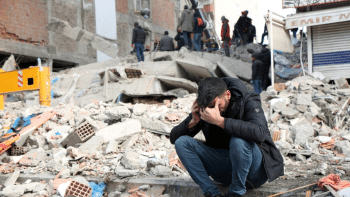
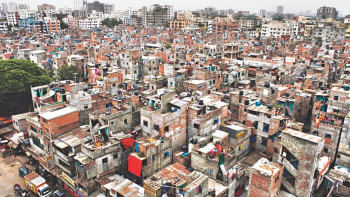
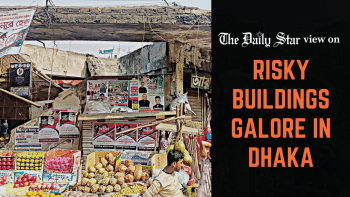




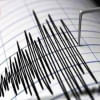
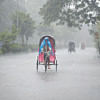



Comments